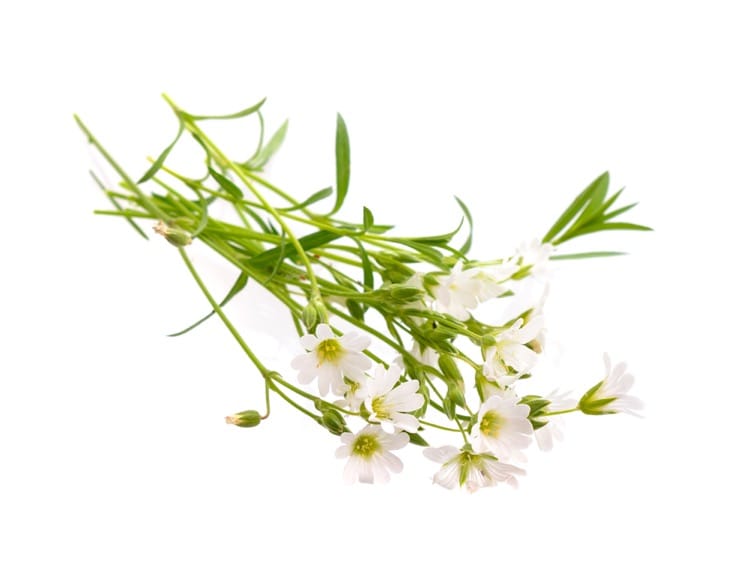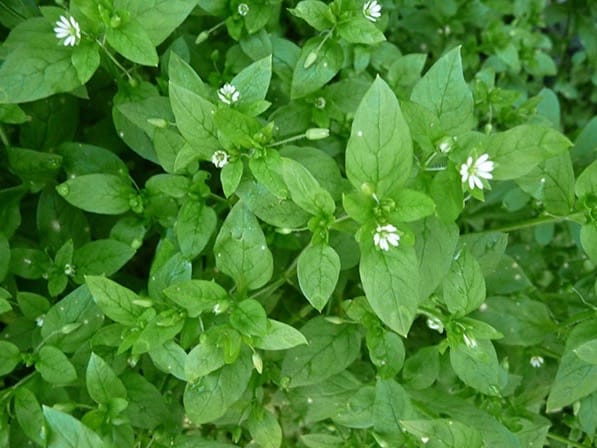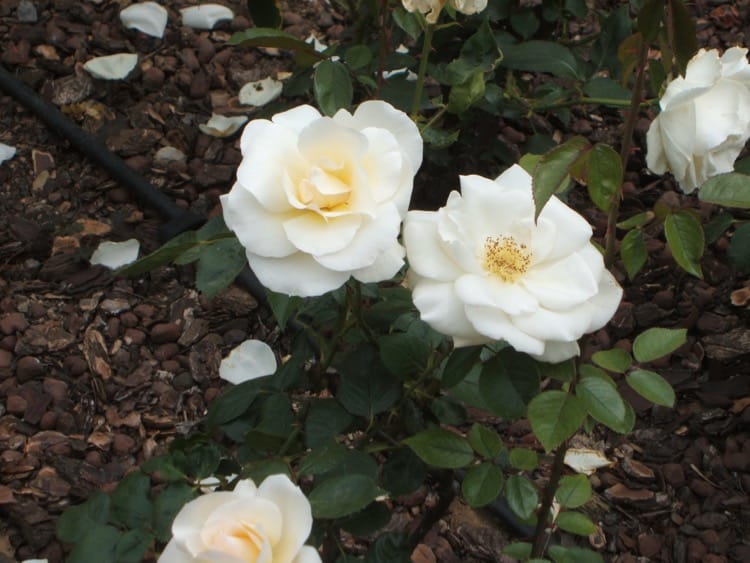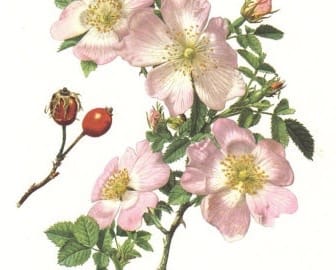LIVING OFF THE LAND
Fiona Sass and Cindy Guilbert have much in common. They both live in the High Vallespir….and they both have a passion for edible and medicinal weeds and wild plants.
Over the next months, they will introduce you to gentle weed walks, pomades, poultices, and plant based remedies and recipes.

FIONA, ON CHICKWEED
Chickweed has got to be one of my favourite worthy weeds. It germinates in autumn or late winter, then forms large mats of foliage, producing small white flowers followed quickly by the seed pods. Its Botanical name is Stellaria (little star) Media (in the midst of).

Find this little star along misty cliffs, deep mountain valleys and in municipal pots when the flowers die off. It is my favourite salad green, not just because I can harvest it fresh all winter long, but because the taste is exceptional: clean, bright green without any bitterness, just a little salty.
Snip the growing leafy tops off and leave behind the solid stalky stuff. Lay it in a neat bundle with all the stalks parallel to make chopping easier when you get back to the kitchen. No fuss, no mess, no dirt, no tedious washing.

HEALTH BENEFITS
Contains steroidal saponins which help to ease lung and throat problems, yeast overgrowth, constipation, hard stools, hemorrhoids, ulcers and colitis; help dissolve warts and cysts when taken over an extended period; soothe rheumatic pain and cool down a fever.
CHICKWEED TINCTURE
Pick the fresh plant material, leaving unwashed. Discard the flowers and chop the rest coarsely.
Fill a jar with the chopped plant and fill to the top with 100 proof vodka, vinegar or the spirit of your choice. Cap tightly and allow plant and alcohol to mingle together for six weeks or more. (The plant fairies sometimes come by for a taster, so top up every now and then.) Decant, and the tincture is ready to use.
CHICKWEED POULTICE
Either… Apply the fresh herb, washed, directly onto sores, closed eyes, wounds.
Or… Simmer in half water, half vinegar for about 5 minutes. Cool, and apply, covered with a cotton towel or a thin layer of clay, and poultice for 5 minutes to 3 hours. Replace when poultice feels hot to the touch and oozes. (Yes hot! Although most poultices are applied warm and removed when they are cool, chickweed poultices actually heat up as they draw out infection and heat.) Poultices used on infections, such as pinkeye, must be thrown away after use. Poultices used on clean wounds and unbroken skin can be reused several times if chickweed is in short supply.
CINDY, ON ROSES
I have always loved flowers and herbs. My book Naturale Magick in the Pyrenees, was written to encourage the use of commonly found herbs and flowers here on our doorstep, to see their value as not only something pretty to look at, but also a useful aid in our everyday lives.

Roses are abundant as I drive down from our village of St Laurent De Cerdans to the plains of Perpignan and beyond. They thrive in this wonderful climate. If you don’t have them growing in your garden or know a kindly voisin happy to let you share some of theirs, wild ones can be found on the pistes and lanes, poking out between other wild nature. They delight the eyes and nose – but they are also full of goodness. A great addition to food: used for summer salads, desserts, cakes, ice creams, punches, cocktails … and great for the skin.
A FEW IDEAS
Sprinkle dried rosebuds and petals into baths for a fragrant skin-softening delight. Infuse petals in a mug of hot water for 15 minutes to sooth headaches and aid digestion after meals. Make a compress soaked in the infusion for inflammations and soothing your eyes, or tinctures for diarrhoea and digestion.
Gargle rose water with sage added for sore throats.

CONFIT DE ROSE
The idea of the jam-like ‘confit’ was originally devised to preserve meats and poultry to get through the winter months. Rose petals, lemons and lavender are just a few non-meat ones that work really well.
Many fruits and vegetables can be turned into confits by packing them in sugar or salt.
This rose petal confit should be made to one’s own taste and can involve a bit of trial and error, dependent on the type of rose and strength of flavour. I make it regularly as follows:
♣ Rose petals
♣ 1 lemon, juiced
♣ 2 kg sugar
♣ 50 ml water
♣ Fill a saucepan full of rose petals and add water.♣ Boil until it reduces to about half the original amount.♣ Add lemon juice and sugar and simmer until consistency thickens, just like making jam, tasting to see if more sugar is required.♣ Sometimes it thickens really well, other times less so, but if it turns out too liquid, it’s lovely added to a glass of champagne, punch, or poured over ice cream.♣ For a light sweet snack, spread onto a cracker. Or, for a hot treat, stir into your favorite hot tea as a natural sweetener.


